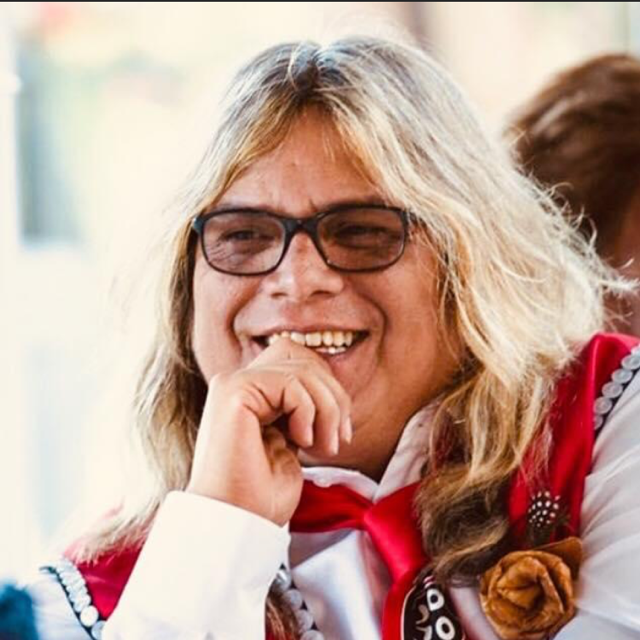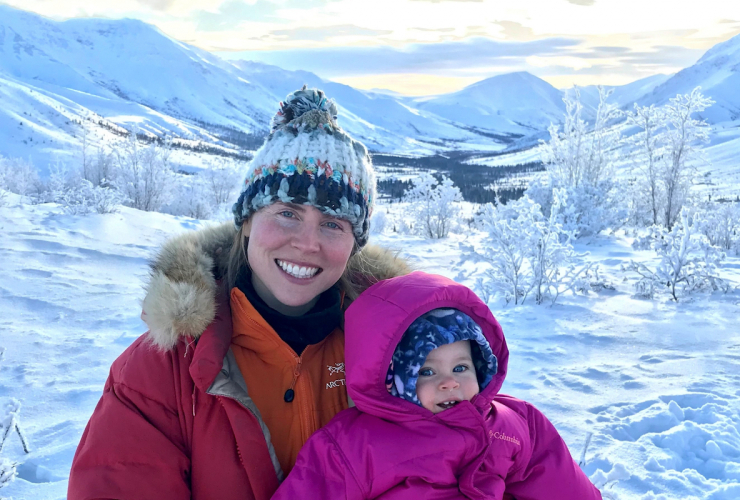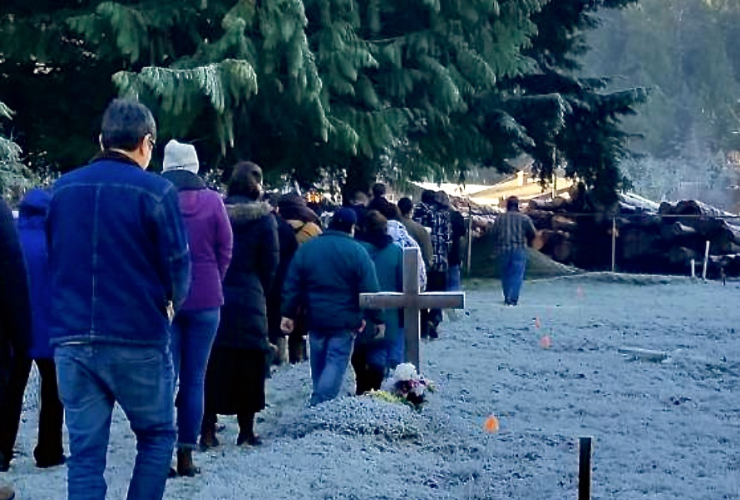Quick action by a small, remote First Nation on the West Coast appears to have smothered the spread of COVID-19 in the tiny island community.
But the next big step for the Klahoose First Nation will be to maintain the gains it's made and continue with household bubbles over the holidays, Chief Kevin Peacey said.
The Klahoose community on Cortes Island, B.C., emerged from lockdown last Tuesday after quarantine ended for all four individuals affected by the virus and no new cases were identified, Peacey said.
Island Health will continue to monitor the situation until Dec. 27 but considers the cluster to be resolving.
Out of an abundance of caution, new measures are in place to continue to protect the community and adhere to the provincial health orders in place across B.C. until Jan. 8, Peacey said.
Provincial health authorities have limited social gatherings over the holiday season to members within an individual household. The province is also asking people to only travel if it’s essential.
Klahoose is working hard to ensure the close to 90 community members residing on the reserve will only celebrate Christmas holidays with people within their household, Peacey said.
“We only have a few elders that actually speak our language, and it’s crucial we look after them,” Peacey said. “We can’t afford to have them catch the (virus).”
He acknowledged it was a big sacrifice for Klahoose members to make. The measures aren’t in place to control people, but to protect everyone’s loved ones, he added.
“Members have a lot of family that are from all over the place,” he said.
“But we’re really sticking hard about not letting those family members come into the community.”
Everybody’s holiday plans, including his own family events, are upside down this year, he said.
But he hoped communicating the importance of the measures to each household in the Klahoose village of Squirrel Cove will help.
“I’m heading out, door to door, to talk to each and every member in a positive way, and let them know this is what we have to do to protect ourselves,” Peacey said.
Georgina Silby, a communications team member with the Klahoose emergency operation centre (EOC), said residents are now allowed to leave the community for things such as appointments, shopping or essential business, but a monitoring checkpoint remains at the entrance of the village.
The checkpoint will help prevent outside visitors from entering the community and monitor flow and destination of traffic to make any future contact tracing easier, Silby said.
“It is our own version of an on-the-ground track and trace,” said Silby, also Peacey’s wife.

Public health authorities tend to focus on the immediate contacts of anyone identified with the virus, Silby said.
But the Klahoose also want to be able to identify and prevent how COVID-19 might enter the community, she added.
One reason Klahoose was able to contain the virus so quickly is its medical and EOC teams conducted their own contact tracing alongside the public health system, as some members don’t necessarily have access to phones or internet, she said.
“We’re collecting information that, should we have another positive case, it’s going to help us,” Silby said.
“We already know from experience that boots-on-the-ground contact tracing is essential if you want to be effective.”
The checkpoint is also a good place to identify and have initial conversations with anyone who might be experiencing COVID-19 symptoms and provide guidance for the next steps, Silby said.
Another reason the community was able to enact a lockdown on Nov. 26 so quickly and effectively is because the community had an emergency operation plan drafted, and help from sister nations, said Klahoose Coun. Michelle Robinson.
Robinson, in charge of EOC planning, said she, other band members and the community’s health nurse started to draft an emergency plan in March.
As well, Tla'amin Nation Fire Chief Erik Blaney assisted the Klahoose during the initial days of lockdown, providing advice based on what his nation learned during a COVID-19 outbreak in the early fall in their community in Powell River, Robinson said.
Peacey credited the commitment and dedication of the Klahoose EOC team, medical staff and the folks living in the community for taking action so quickly and following the protocols laid out after the outbreak occurred.
“Fortunately, we have a great membership,” said Peacey, adding the good work around sticking to households, washing hands and maintaining distance just needs to continue.
“I figure this is going to be the biggest concern over the next two weeks,” he said.
“To keep people from coming in from different towns ... and to make sure (members) aren’t bringing anything back.”
Rochelle Baker / Local Journalism Initiative / Canada's National Observer






Comments